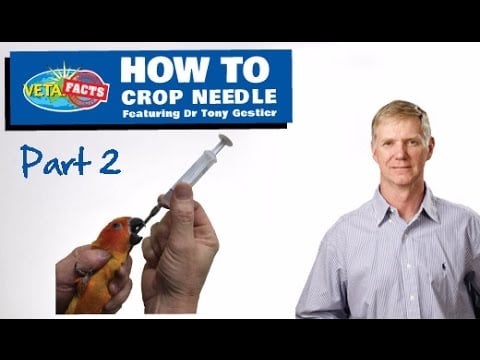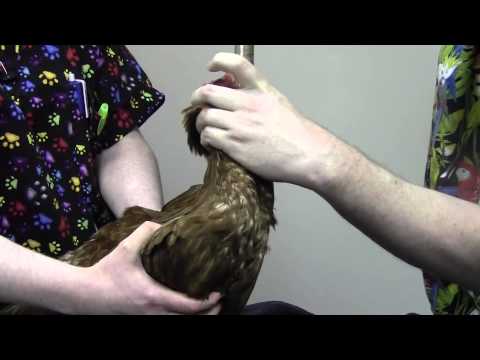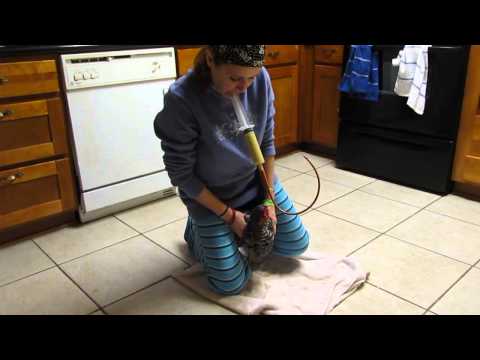One of my girls is sick.
The rest of my flock does not display these features so I'm at a bit of a loss here, so I'm asking for help.
Judy, one of my Buff Orpingtons, is going down hill.
I picked her up today, and she's much thinner than she should be.
Her feathers seem to be a bit disheveled and she's not as perky as she used to be.
The thing is, the rest of the flock is fine.
I paid careful attention to the rest of the flock after I noticed that she was different, and everyone else is behaving normally.
Her sister, Jane, has always been bigger than her, but now, the difference is way too distinct.
As far as her environment goes, she lives in a coup with sand as ground(6-8" deep).
The shavings have Sevin in them, every time they are changed.
She has been vaccinated for coccidiosis.
She has been treated with Ivomectin 2 months ago. (this was due to a few flock mates having scaly leg mites, which Judy has never displayed, we treated all her flocks mates as preventative)
She only lives with chickens.
What could be wrong with her?
What can I do to help her?
This is Judy:

This is Jane:

This is the closest comparison shot I could get of the two of them:

This situation seems to have occurred in the last 2 weeks.
Thanks for any advice!!
Jessica
The rest of my flock does not display these features so I'm at a bit of a loss here, so I'm asking for help.
Judy, one of my Buff Orpingtons, is going down hill.
I picked her up today, and she's much thinner than she should be.
Her feathers seem to be a bit disheveled and she's not as perky as she used to be.
The thing is, the rest of the flock is fine.
I paid careful attention to the rest of the flock after I noticed that she was different, and everyone else is behaving normally.
Her sister, Jane, has always been bigger than her, but now, the difference is way too distinct.
As far as her environment goes, she lives in a coup with sand as ground(6-8" deep).
The shavings have Sevin in them, every time they are changed.
She has been vaccinated for coccidiosis.
She has been treated with Ivomectin 2 months ago. (this was due to a few flock mates having scaly leg mites, which Judy has never displayed, we treated all her flocks mates as preventative)
She only lives with chickens.
What could be wrong with her?
What can I do to help her?
This is Judy:
This is Jane:
This is the closest comparison shot I could get of the two of them:
This situation seems to have occurred in the last 2 weeks.
Thanks for any advice!!
Jessica









